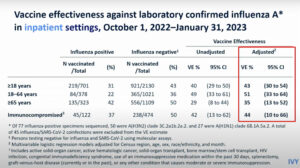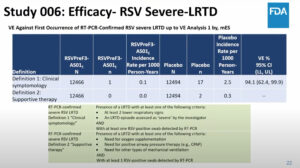NEW YORK (Reuters Health) – Certain disease-modifying antirheumatic drugs (DMARDs) may lower the risk of diabetes in patients with rheumatoid arthritis (RA) or psoriasis, according to an observational study just published.
Among nearly 14,000 patients with RA or psoriasis, researchers found that the use of a tumor necrosis factor (TNF) inhibitor or hydroxychloroquine was associated with a meaningful reduction in the risk of developing diabetes, compared with use of other nonbiologic DMARDs.
“The findings from this epidemiologic study should be considered hypothesis-generating,” Dr. Daniel Solomon of Brigham and Women’s Hospital Boston and colleagues caution in their paper.
“However, considering these results in light of prior findings regarding improved insulin and glucose metabolism and reduced (diabetes) risk with hydroxychloroquine and TNF inhibitors, there is evidence suggesting a possible role for DMARDs and immunosuppression in (diabetes) prevention,” they write.
The researchers identified 121,280 patients with a diagnosis of RA or psoriasis using administrative data from two large health insurance programs – one in Canada and one in the United States. Their results appear in the June 22/29 double issue of the Journal of the American Medical Association.
They focused their analysis on 13,905 patients who had filled at least one prescription for a DMARD before the start of follow-up, which lasted an average of 5.8 months.
Drug regimens were categorized into 4 groups: TNF inhibitors with or without other DMARDs; methotrexate without TNF inhibitors or hydroxychloroquine; hydroxychloroquine without TNF inhibitors or methotrexate; or other nonbiologic DMARDs without TNF inhibitors, methotrexate, or hydroxychloroquine.
During follow-up, the researchers identified 267 newly diagnosed cases of diabetes; 55 among nonbiologic DMARD users, 80 among TNF inhibitor users, 82 among methotrexate users, and 50 among hydroxychloroquine users.
The diabetes incidence rate was lowest for TNF inhibitor users and highest for individuals who used other nonbiologic DMARDs (50.2 per 1000 person-years). The incidence rates were 23.8 and 22.2, respectively, for methotrexate and hydroxychloroquine.
The multivariate adjusted hazard ratio for diabetes was 0.62 for TNF inhibitors, 0.77 for methotrexate, and 0.54 for hydroxychloroquine compared with other nonbiologic DMARDs.
Based on these retrospective, observational data, the researchers say a randomized controlled trial testing the ability of these agents to prevent diabetes among patients with systemic inflammatory disorders “should be considered.”
In an accompanying editorial, Dr. Tim Bongartz and Dr. Yogish Kudva of the Mayo Clinic College of Medicine in Rochester, Minnesota agree that prospective trials are needed to confirm the observational data and “clarify which patients may benefit from these possible pleiotropic effects of specific anti-inflammatories.”
“If hydroxychloroquine and anti-TNF agents should truly enable 2 complex disease processes to be addressed with a single intervention, it will be crucial to investigate how much of their potential antidiabetic effects would add to good disease control, the durability of these effects, and the timing of treatment,” they write.
JAMA 2011




